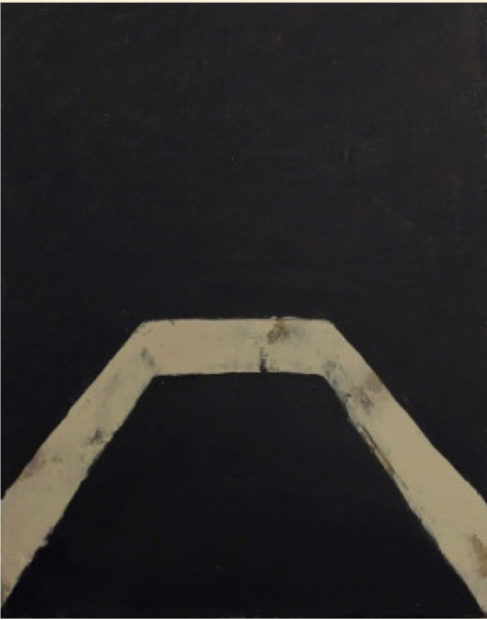グローカル アート ”倭” 坂本善三 Gloucal Art “WA “Sakamoto Zenzo

ユーラシアプレート、北米プレート、フィリッピン海プレート、そして太平洋プレートのせめぎ合いから生まれたこの弓なりの地形、そしてこの地が日本と呼称され認識するようになってからたか たが1300年位です。それ以前は周囲の国から倭国 と称されていました。ズームアウトすればそれはつい最近のことです。我々の祖先が海を渡ってきたのは六万年前と云われてますから。有史以前の計り知れない時間、この弓なりの地に生命の継承が延々と営まれていた、そしてそ私たちが今在るのです。
今在る私達の DNA には有史以前の計り知れない時間この風土で営まれた生命現象の記憶がインプットされているはずです。私はその探求に興味を持つのです。そして<造形>というツールで探検しています。
真の造形家は自己の内部への探求者です。作品は探求の発掘物です。探求が深部の水脈に達した時、それは人間生命体の普遍的なコモンセンスとなりましょう。故に見るものの琴線に触れるのです。足下からの真摯な自己探求からの産物・作品こそ、グローカルアートといえましょう。
雄大な阿蘇山の麓の小国に生を成した坂本善三、微塵も衒いや模倣のない彼の作品こそグローカルアートと言えましょう。私の琴線は深くシンクルナイズするのです。
It is about 1300 years since the arched terrain created by the Eurasia Plate, the North American Plate, the Philippine Sea Plate, and the Pacific Plate. Before that, it was called the Wakoku by neighboring countries. If you zoom out, it's just recent. It is said that our ancestors crossed the sea 60,000 years ago. Prehistoric times were immeasurable, and the inheritance of life was endless in this arched land, and we are now.
In our existing DNA, the memories of life phenomena that have been operating in this climate for an unprecedented amount of time before history should be input. I am interested in that quest. And I am exploring with a tool called <modeling>.
True artists are seekers of themselves. The work is an excavation of quest. When the quest reaches a depth, it should be a universal common sense for humans. That is why we touch the hearts of those who see the work. Glocal art is a work that you have been sincerely searching for yourself from your own climate.
Zenzo Sakamoto, who was born in a small country at the foot of the magnificent Aso, has no imitations or lies in his work. This is glocal art. My spirit resonates deeply.
